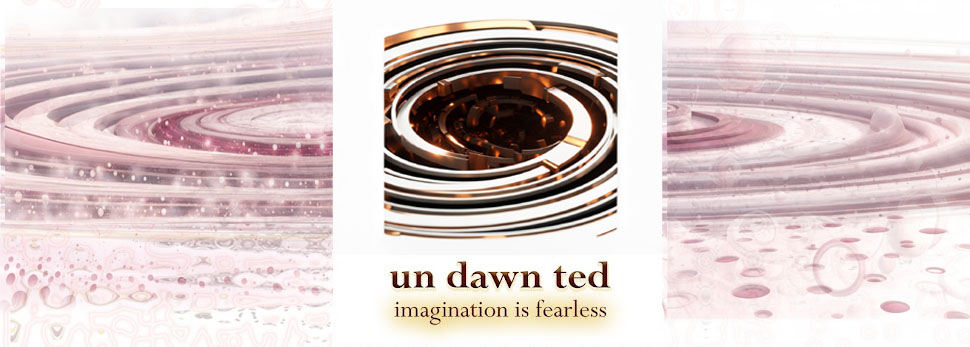March 28th, I was invited to participate in a Roundtable 360° discussion about creativity and the imagination. Joseph Carrabis and other creative personalities from music, art, theater, and writing wanted to answer the question have you ever wondered what makes creative people creative?
Each participant in the round had their own perspective about what makes creative people creative.
Summary
Being with a group of talented people - regardless of their chosen media - and listening to them discuss their work, how their work choice has shaped their lives, their goals for their work, et cetera, has been a dream of mine since my college years.Now that dream has a name and place - RoundTable 360°. We get together the last Thursday of each month, share how our disciplines have shaped and changed us, and explore how one discipline can inform another. For example: What can authors learn about setting scenes from photographers? What can dancers learn from painters about expression?
What do you think? Is everyone creative in their own special way? Left brain or right brain, it doesn't really make a difference? Architects are creative with specs and drawings of a building. Biologists are creative in developing new methods to research cells and diseases. Artists are creative in how they use color and geometry to create paintings.
Humanity sets itself apart from the animal kingdom by being creative for entertainment and developing a culture.
Creative people have to learn to shut off the outside world and cultivate their inner stirrings. The present moment is the time that supports the creative function.
It was a nice talk. I enjoyed the informal debate and dialogue between the Roundtable members. I even got to throw in my two cents worth.
If you would like to be a participant, then please contact Joseph Carrabis.
Thank you for inviting me!
Have a great and creative day.
_____

